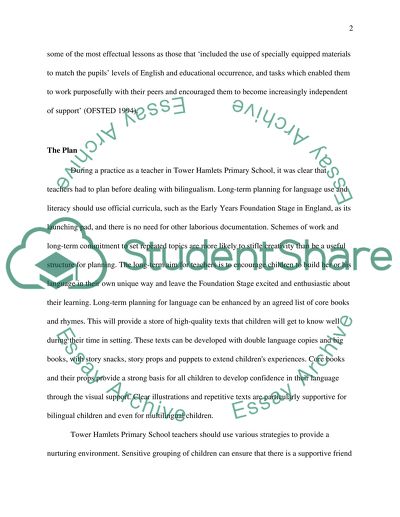Cite this document
(“Policy and Practice In the Education of Bilingual Children Essay”, n.d.)
Retrieved from https://studentshare.org/education/1495793-policy-and-practice-in-the-education-of-bilingual-children
Retrieved from https://studentshare.org/education/1495793-policy-and-practice-in-the-education-of-bilingual-children
(Policy and Practice In the Education of Bilingual Children Essay)
https://studentshare.org/education/1495793-policy-and-practice-in-the-education-of-bilingual-children.
https://studentshare.org/education/1495793-policy-and-practice-in-the-education-of-bilingual-children.
“Policy and Practice In the Education of Bilingual Children Essay”, n.d. https://studentshare.org/education/1495793-policy-and-practice-in-the-education-of-bilingual-children.


